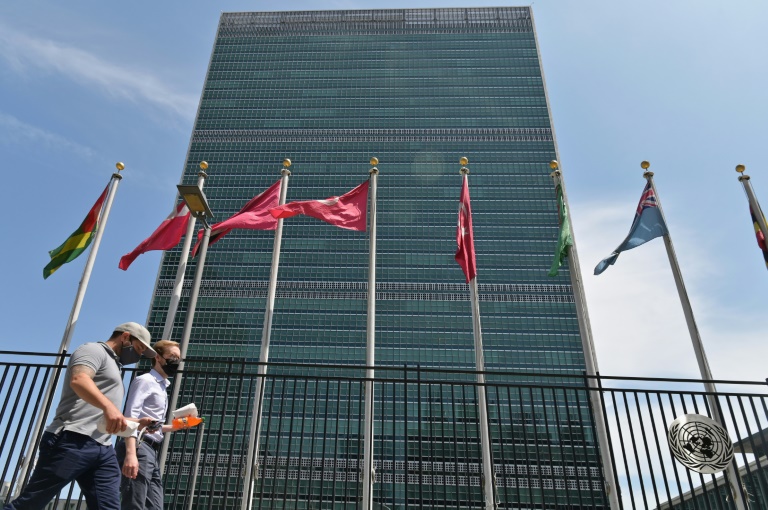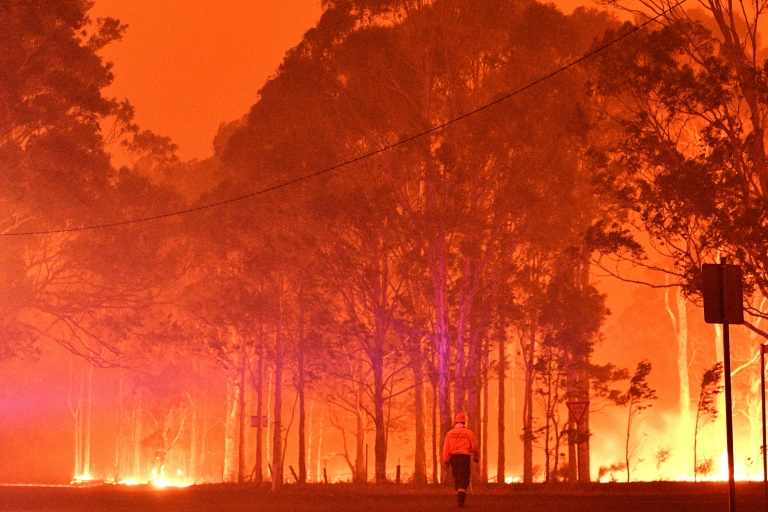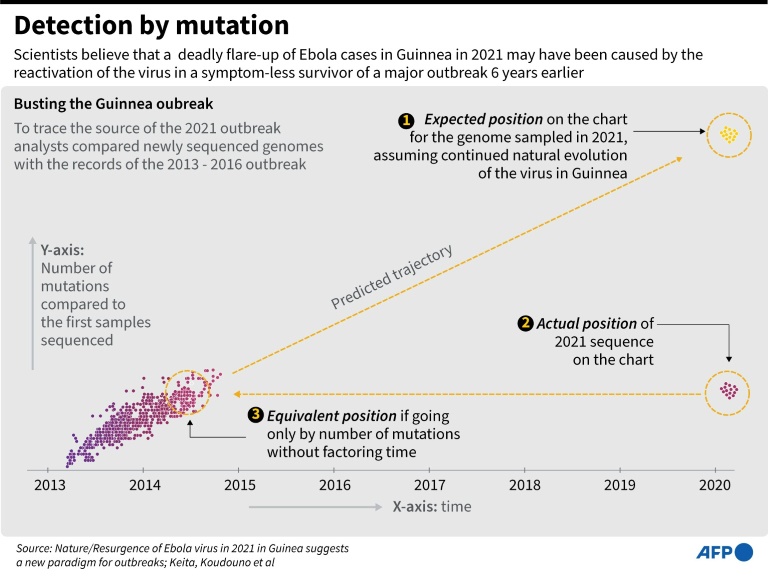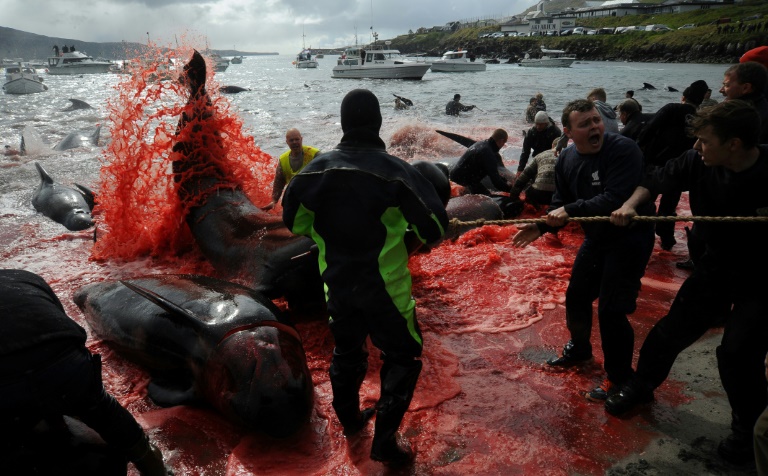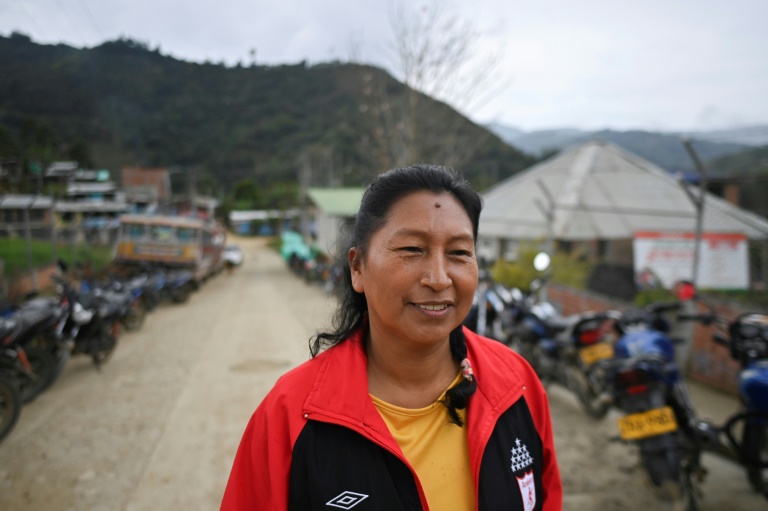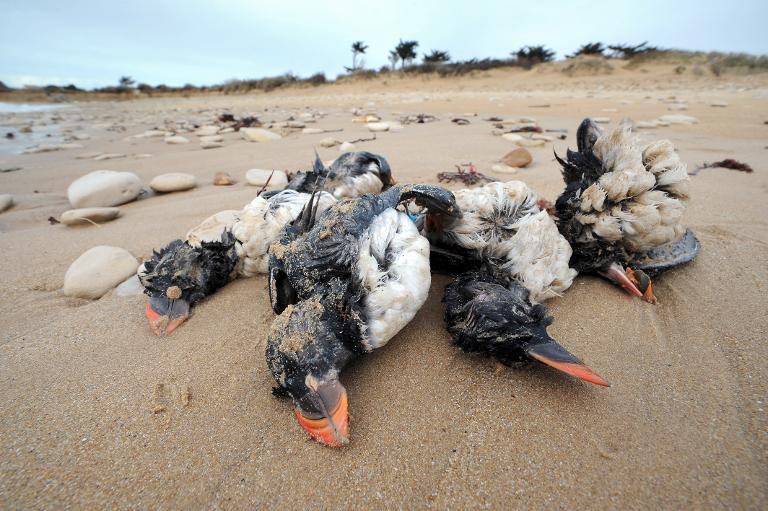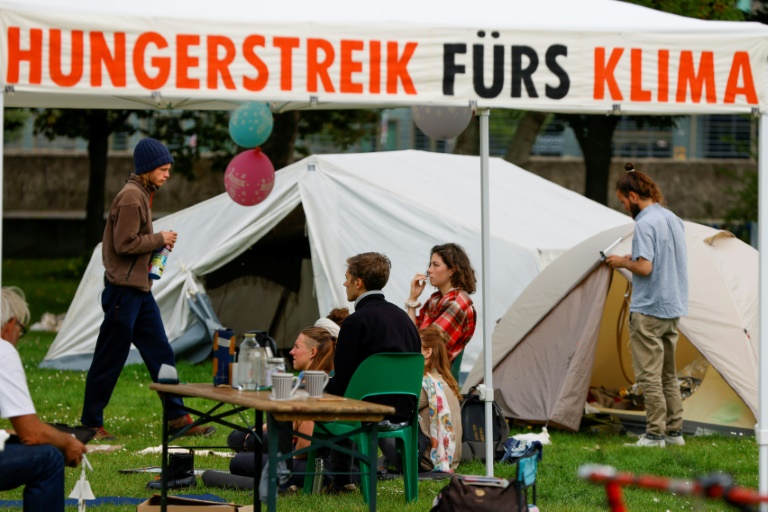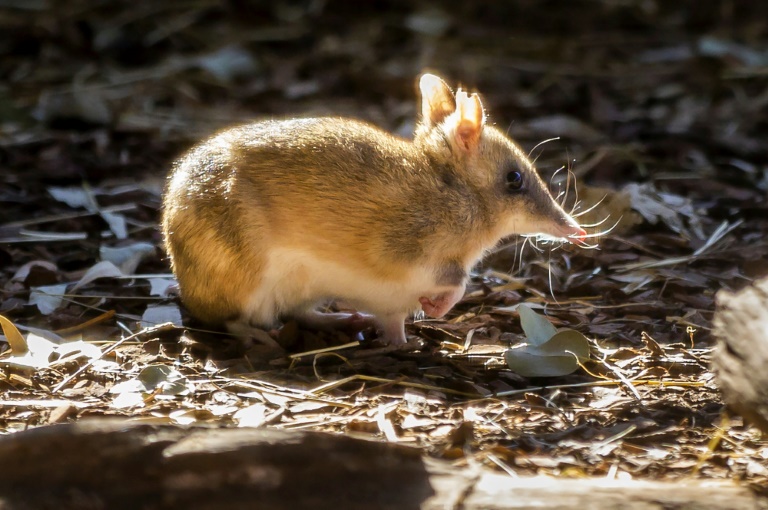World leaders will hold closed-door climate meet at UN
UN Secretary-General Antonio Guterres and British Prime Minister Boris Johnson will host a closed-door meeting of world leaders Monday on the sidelines of the General Assembly in New York to boost climate commitments.
The roundtable comes less than six weeks before a major United Nations climate meeting, COP26, in Glasgow, aimed at ensuring the world meets its goal of holding century-end warming to 1.5 degrees Celsius.
“UNGA is the last big moment in the international calendar ahead of COP26,” Britain’s UN ambassador Barbara Woodward said in a statement. “Climate change will be the UK’s top priority.”
Woodward said Britain would press countries to “cut emissions, particularly phasing out coal, and revitalising and protecting nature.”
A senior UN official said Wednesday that over the past two years, leaders had conducted climate discussions at the G7 and G20, but there had not been a forum for leading economies to speak with the hardest-hit countries.
Asked why the meeting was closed-door, he said: “It’s not intended in any fashion to be a meeting in the shadows,” but a way to facilitate frank dialogue “rather than pre-prepared statements or reverting to established positions.”
The meeting will include leaders from the G20, as well as developing and small island nations, and will be partly in-person, partly virtual.
It’s not yet known who or how many will attend, including, crucially, whether the leaders of the world’s top two polluters — Chinese President Xi Jinping and his US counterpart Joe Biden — will take part.
Guterres has laid out three climate priorities. First, the UN is asking countries to strengthen their commitments to reach net zero emissions by 2050 under the 2015 Paris agreement.
Second, it wants developed countries to fulfill a promise to raise a $100-billion climate action fund.
Third, it wants a “significant breakthrough” on financing for adaptation projects for hard-hit nations, to protect them against events such as droughts, floods and sea-level rise. The UN wants adaptation finance to account for 50 percent of all climate finance.
Last month, the UN’s Intergovernmental Panel on Climate Change said the Earth’s average global temperature will reach 1.5 degrees Celsius above pre-industrial levels around 2030, a decade earlier than projected three years ago.
With only 1.1 degrees Celsius of warming so far, an unbroken cascade of deadly weather disasters bulked up by climate change swept the world this summer, from asphalt-melting heatwaves in Canada to rainstorms turning China’s city streets into rivers.
This month, record-breaking rainfall from Hurricane Ida devastated New York and New Jersey, killing almost 50 people.

